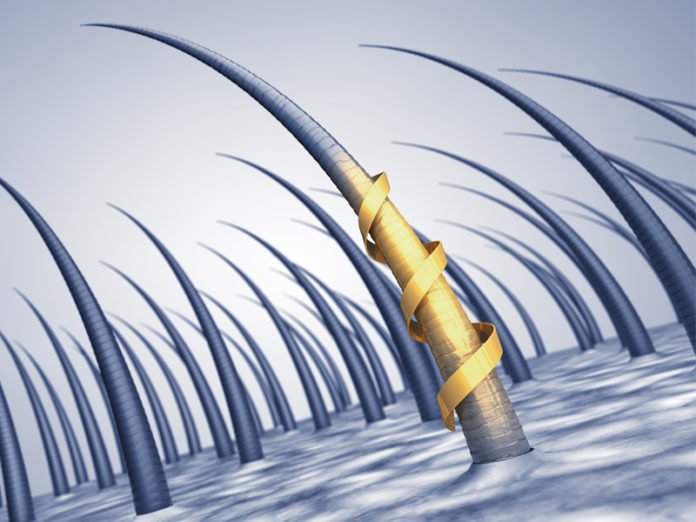No doubt, hair has been an important factor in the self-image for humans. Although, healthy hair is a reflection of your lifestyle.
According to an estimate, almost 50 million men and 30 million women in the US suffering from balding or partial hair loss. Such condition often causes feelings ranging from embarrassment to great concern.
Scientists at the University of Southern California’s Keck School of Medicine have found an effective balding cure that hopes to transform many lives. They have found a new way of growing hair follicles from progenitor cells.
Dr. Cheng-Ming Chuong, professor of pathology at the Keck School of Medicine of USC said, “Many aging individuals do not grow hair well because adult cells lose their regenerative ability. But with our new findings, we are able to make adult mouse cells produce hair again.”
Progenitor cells are very similar to stem cells except they don’t have the ability to divide and reproduce indefinitely. These cells could potentially form 3D conglomerations called organoids, groups of cells that take on a structure similar to that of an organ.
The cells then come together in the form of polarized cysts and gave way to the layered skin. At this instant, the cells can potentially produce skin bearing hair follicles that could be transplanted onto a mouse. Scientists detected the follicles and found that they can produce hair once they had been placed on the animal.
Dr. Mingxing Lei, co-author of the study said, “We used a combination of bioinformatics and molecular screenings” to facilitate their analyses.”
According to scientists, this same process can be used to treat baldness and partially hair loss problems in humans too. A patient’s own progenitor cells would be used to grow portions of skin with hair follicles. This could provide relief for conditions ranging from alopecia to fully fledged baldness. The next step in the struggle contra balding is human trials, although there isn’t currently a timeline for when such tests will take place.
